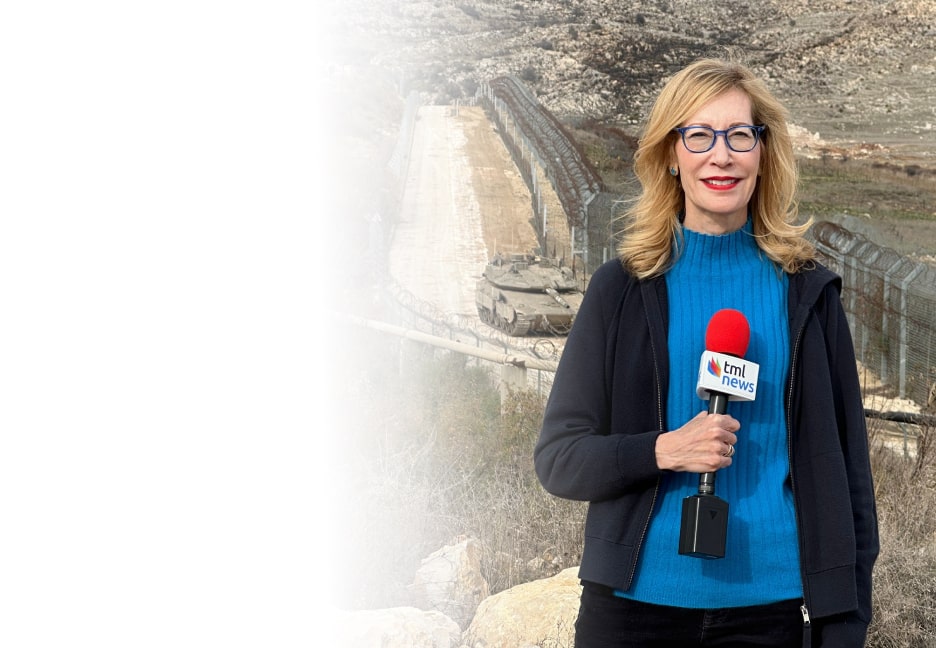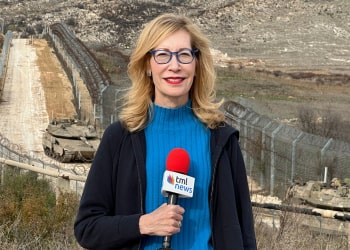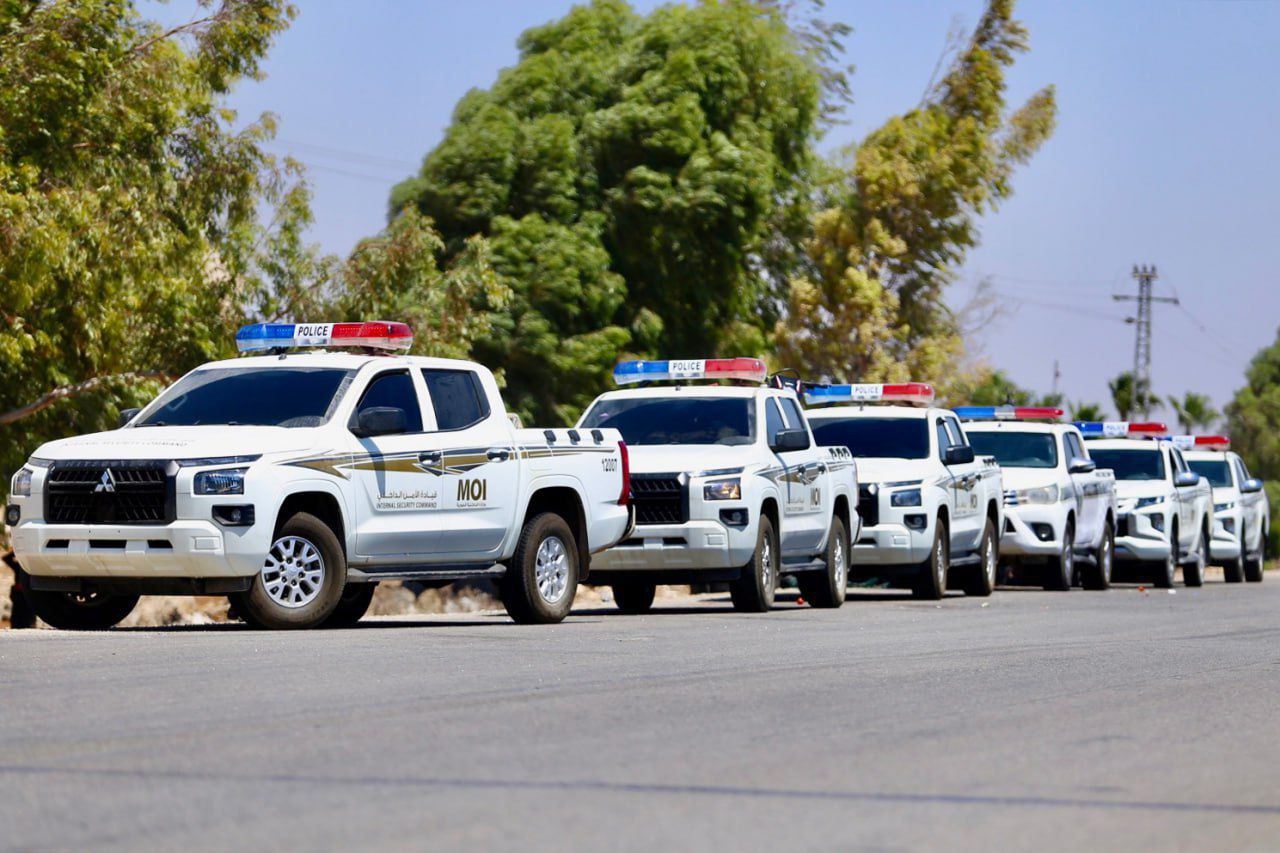Ceasefire Agreement in As-Suwayda: A Step Toward Stability or a Temporary Truce?
A ceasefire brings temporary calm to As-Suwayda after a week of violence, but deep tensions remain
In a televised address to the Syrian people,interim President Ahmed al-Sharaa announced the conclusion of a comprehensive ceasefire agreement in the southern province of As-Suwayda, following a week of violent clashes between local factions and armed groups from Bedouin tribes. The city experienced serious human rights violations and escalating security threats that nearly pushed the country further into chaos and fragmentation.
Calling the developments in As-Suwayda a “dangerous turning point,” al-Sharaa said that despite the complexity of the situation, the Syrian state’s intervention helped contain the violence and prevented it from spreading. He also accused Israel of inflaming tensions through “blatant bombardments” on southern Syria and government institutions in Damascus.
The unrest began on June 17, when the government withdrew from certain vital areas in As-Suwayda and left local groups to manage security and services. This created a power vacuum that triggered retaliatory attacks by local factions against Bedouin tribes, accusing them of loyalty to foreign actors and involvement in smuggling and lawlessness.
Violence escalated when tribes from other Syrian provinces began mobilizing to “break the siege” imposed on their people inside As-Suwayda. The resulting clashes led to civilian casualties and violations by both sides.
US Special Envoy to Syria Thomas Barrack announced the internationally brokered ceasefire agreement, which included direct participation from al-Sharaa and Israeli Prime Minister Benjamin Netanyahu. The deal was supported by the United States and endorsed by Turkey, Jordan, and neighboring countries.
In his speech, al-Sharaa thanked the European Union, Russia, and China for rejecting what he called “Israeli aggression” and repeated violations of Syrian sovereignty. He also praised the American role in pushing for deescalation.
A statement from the Syrian Presidency called on all parties to commit to an immediate cessation of hostilities across As-Suwayda, emphasizing that the decision was made “to safeguard Syrian lives and preserve the unity of the nation and its people.”
The presidency warned that any breach of the agreement would be treated as “a clear violation of national sovereignty” and punished under Syrian law.
To implement the agreement, the Ministry of Interior spokesperson Noureddine al-Baba announced the deployment of internal security forces across As-Suwayda as part of a “national mission” to protect civilians, restore order, and stop the chaos under direct orders from the presidency.
Al-Baba said that state security and political institutions would mobilize all resources to reestablish stability, promising that “lawless groups” would not be allowed to reignite conflict.
In response, the spiritual leadership of the Druze community, led by Sheikh Hikmat al-Hijri, a prominent critic of government intervention, announced its willingness to stop the fighting and support any effort to end bloodshed and promote rational dialogue. The leadership extended its hand to “all honest individuals seeking peace.”
This holiday season, give to:
Truth and understanding
The Media Line's intrepid correspondents are in Israel, Gaza, Lebanon, Syria and Pakistan providing first-person reporting.
They all said they cover it.
We see it.
We report with just one agenda: the truth.


Dr. Kamal Hussein, professor of international relations at Beirut University, told The Media Line that the agreement represents a political truce rather than a lasting ceasefire.
This agreement cannot be viewed in isolation from the broader regional and international context
“This agreement cannot be viewed in isolation from the broader regional and international context. The involvement of US mediation and endorsements from Israel and Turkey indicates that what happened in As-Suwayda is not merely a domestic conflict; it’s part of larger regional arrangements that may involve all of southern Syria.”
Hussein said that while the Syrian state has “regained partial initiative by cooperating with key stakeholders,” the truce’s sustainability depends on the government’s ability to control local armed factions and broker politically fair solutions acceptable to all parties.
Retired Brigadier General Ahmad Saeed, a national security expert, told The Media Line that the deployment of security forces in As-Suwayda will test the state’s ability to reassert sovereignty over areas partially outside its control.
What’s happening in As-Suwayda is a litmus test. The multiplicity of militias and tribal loyalties makes it extremely difficult to contain the unrest through security measures alone.
“What’s happening in As-Suwayda is a litmus test. The multiplicity of militias and tribal loyalties makes it extremely difficult to contain the unrest through security measures alone.”
He added: “The state’s success in restoring order will depend on a dual strategy—security and political—especially given that As-Suwayda’s factions are not unified and some enjoy local support stemming from longstanding grievances.”
Southern tribal leaders released a statement pledging full commitment to the ceasefire, aligning with the presidential decision to prevent further bloodshed.
They called for the immediate release of detainees as a step toward rebuilding trust, ensuring the safe return of displaced residents, and opening dialogue to prevent future conflict and lay the foundation for long-term stability.
In his address, al-Sharaa reaffirmed that As-Suwayda remains “an integral part of the Syrian state,” emphasizing the importance of the Druze community within Syria’s national fabric.
He denounced all violations and crimes, regardless of the perpetrators’ origins, and promised accountability for those responsible for attacking civilians. He pledged that the state would continue to protect all minorities and national groups without discrimination.
Despite the ceasefire agreement, the Syrian government still faces several obstacles to achieving lasting peace in As-Suwayda. One major challenge is the control of semi-autonomous local factions, which draw their strength from entrenched social and religious networks and may not readily submit to central authority.
The state must also provide humanitarian aid and restore essential services to the affected areas, ensuring that displaced individuals can return to their homes and rebuild their lives. Reestablishing trust in state institutions will be critical in this process.
Impartial justice is another key issue. Offenders must be prosecuted fairly and without favoritism to demonstrate the government’s commitment to upholding the rule of law.
Finally, the path to stability will require opening a truly inclusive national dialogue that involves religious, tribal, and civil leaders from across the region. Only through such a comprehensive approach can Syria hope to build a durable peace in As-Suwayda and beyond.
While fragile, the truce in As-Suwayda offers a rare chance for stability in Syria’s war-torn south. It presents a meaningful opportunity to restore order if approached with responsibility and foresight.
Still, the ceasefire’s future will depend entirely on the willingness of all parties to abandon violence and work toward a national solution that restores the authority of the state and delivers dignity and security to the Syrian people.

